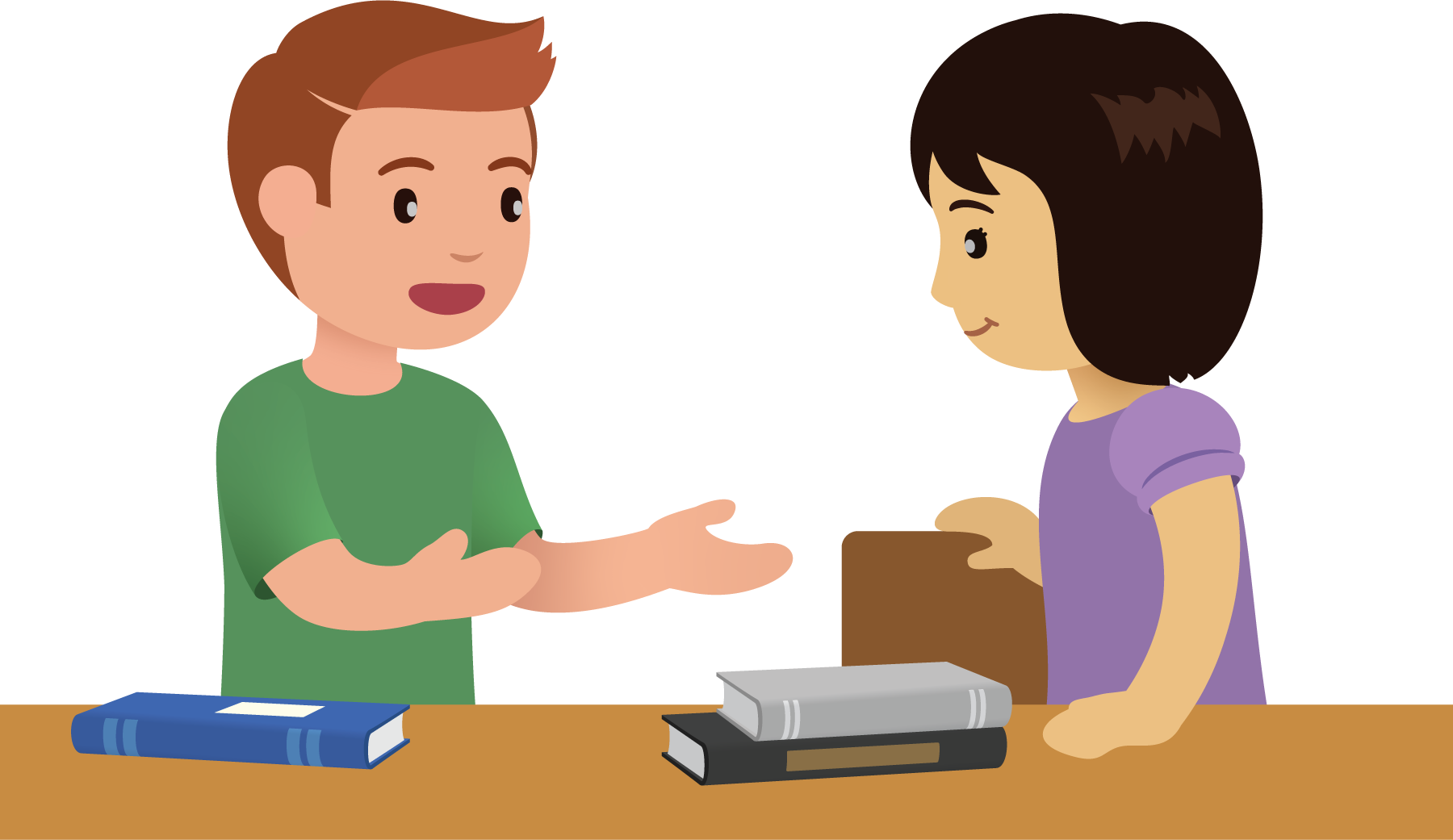Lesson 9
Add Three-digit Numbers
Warm-up: Number Talk: Ten and Some More (10 minutes)
Narrative
Launch
- Display one expression.
- “Give me a signal when you have an answer and can explain how you got it.”
- 1 minute: quiet think time
Activity
- Record answers and strategies.
- Keep expressions and work displayed.
- Repeat with each expression.
Student Facing
Find the value of each expression mentally.
- \(528 + 2\)
- \(528 + 7\)
- \(487 + 3\)
- \(487 + 8\)
Student Response
For access, consult one of our IM Certified Partners.
Activity Synthesis
- “What do you notice about the sums?” (I made a ten to find the sum. They all show adding some ones to three-digit numbers. There’s a pattern in the ones—0 ones, 5 ones, 0 ones, 5 ones.)
- “Why are \(528 + 2\) and \(487 + 3\) helpful in finding the value of the other expressions?” (We know they make a new ten, so it helped me think about how I could decompose a number to help make a ten.)
Activity 1: How Did You Add Three-digit Numbers? (20 minutes)
Narrative
The purpose of this activity is for students to practice adding within 1,000 with an emphasis on adding by place. Throughout the activity, students have opportunities to explain their methods and representations to peers. In the synthesis, students have opportunities to question and critique the work of their peers as they compare different methods for adding three-digit numbers and different representations that show composing units when adding by place (MP3).
This activity uses MLR8 Discussion Supports. Advances: conversing
Supports accessibility for: Social-Emotional Functioning, Organization, Attention
Required Materials
Materials to Gather
Launch
- Groups of 2
- Give students access to base-ten blocks.
Activity
- “We are going to practice adding 2 three-digit numbers. You can find the value of each sum in any way that makes sense to you. After some time working independently, you can continue working with a partner.”
- Display sentence frames to support students when they explain their strategy:
- “First, I _____ because . . .”
- “I noticed _____ so I . . .”
- 5 minutes: independent work time
- 4 minutes: partner work time
- “Choose one expression and share how you found the value of the sum with a new partner.”
- 3 minutes: partner discussion
- Monitor for students who use base-ten blocks, base-ten diagrams, or other representations that clearly show adding by place.
Student Facing
Find the value of each expression. Show your thinking.
- \(384 + 409\)
- \(757 + 152\)
- \(262 + 438\)
- \(575 + 166\)
Student Response
For access, consult one of our IM Certified Partners.
Advancing Student Thinking
- “How does your representation show that you composed a new unit?”
- “What could you add to your representation to help you keep track of any tens or hundreds you compose?”
- “How could you use base-ten blocks to show your thinking?”
Activity Synthesis
- Invite 2–3 previously identified students to share their representations and how they found the value of the sums.
- “How are these methods the same? How are they different?”
Activity 2: Analyze and Add (15 minutes)
Narrative
Required Materials
Materials to Gather
Launch
- Groups of 2
- Give students access to base-ten blocks.
Activity
- “Noah and Kiran were asked to find the value of \(267 + 338\). Take a minute to look at each student’s work.”
- 1–2 minutes: quiet think time
- “Discuss how Noah and Kiran’s work is the same and how it is different. Then explain which student found the correct value of the sum. Show how you know.”
- 10 minutes: partner work time
- Monitor for groups that match Kiran’s equations to Noah’s diagram to explain where Noah could improve his work.
Student Facing
Noah and Kiran showed how they found the value of \(267 + 338\).
Noah's work


Kiran's work

-
How is Noah and Kiran’s work the same? How is it different?
- Which student found the correct value? Explain or show your thinking.

Student Response
For access, consult one of our IM Certified Partners.
Activity Synthesis
- “How is Noah and Kiran’s work the same? How is it different?” (They both show adding by place. Noah used a base-ten diagram and Kiran used equations. They found different values. Noah forgot to add the ten he made from the ones. He had enough tens to make a hundred.)
- “Which student found the correct value for \(267 + 338\)? How do you know?”
- Invite previously identified students to share.
- Consider asking:
- “Where do you see the step Noah missed in Kiran’s work?”
Lesson Synthesis
Lesson Synthesis
Display Kiran’s way and any work samples that show different methods from Activity 1.
“Today we added two three-digit numbers and looked at different methods and representations.”
“How are the methods and representations you saw today the same? How are they different?”
“Which method do you prefer? Which would you like to practice more?”
Cool-down: Find the Sum (5 minutes)
Cool-Down
For access, consult one of our IM Certified Partners.